Cottonwood Tree
- November 9, 2023
- 0 comment
The Cottonwood tree, scientifically known as Populus deltoides, is a majestic and iconic tree species native to North America. Known for its striking presence, the Cottonwood is a deciduous tree that can reach impressive heights of up to 100 feet or more. It is renowned for its broad, heart-shaped leaves that rustle in the wind, creating a distinctive sound that adds to its charm.
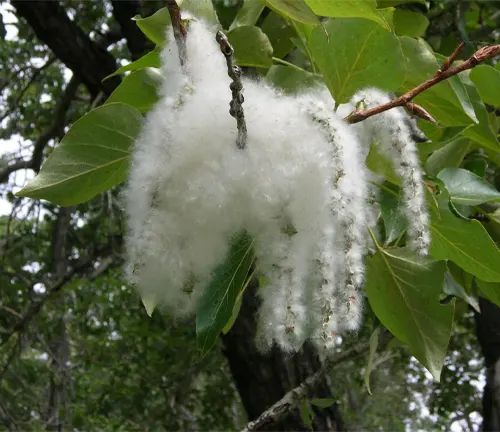
Cottonwood trees are often found along riverbanks and in floodplains, thriving in moist soils. They are fast-growing trees, which makes them vital for reforestation efforts and providing valuable habitat for various wildlife. In the spring, Cottonwood trees produce catkins, which are clusters of small, wind-pollinated flowers, and in the summer, they bear seeds encased in cottony tufts that are dispersed by the wind.
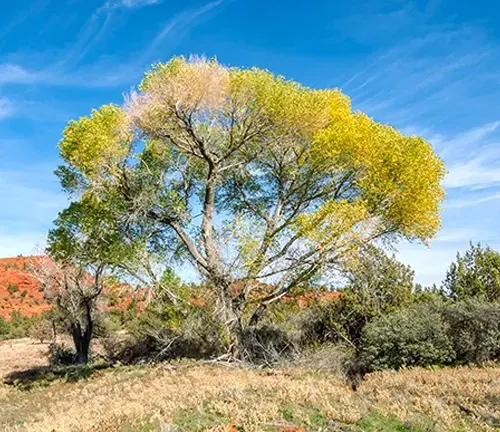
These trees have historical and cultural significance in many Native American tribes, where their wood was used for construction and their bark for various traditional purposes. With their towering presence, distinctive leaves, and ecological importance, Cottonwood trees are a symbol of the North American landscape and its natural heritage.
| Characteristics | Description |
| Scientific Name | Populus deltoides |
| Common Names | Cottonwood, Eastern Cottonwood, Plains Cottonwood |
| Type | Deciduous tree |
| Height | Up to 100 feet or more |
| Leaves | Broad, heart-shaped leaves |
| Habitat | Found along riverbanks and in floodplains |
| Growth Rate | Fast-growing |
| Flowers | Catkins (clusters of small, wind-pollinated flowers) |
| Seeds | Encased in cottony tufts for wind dispersal |
| Native Range | North America |
| Significance | Cultural and historical importance in Native American tribes |
| Wood Use | Used for construction and various traditional purposes |
Botanical Beauty of “Cottonwood Tree”
The Cottonwood tree, scientifically known as Populus deltoides, is a botanical wonder that graces North America’s landscapes with its captivating beauty. Known for its distinctive heart-shaped leaves and towering presence, this deciduous tree has been a symbol of natural splendor for generations. Its botanical features make it a standout species in the plant kingdom, and its unique characteristics have captured the imaginations of people across the continent.
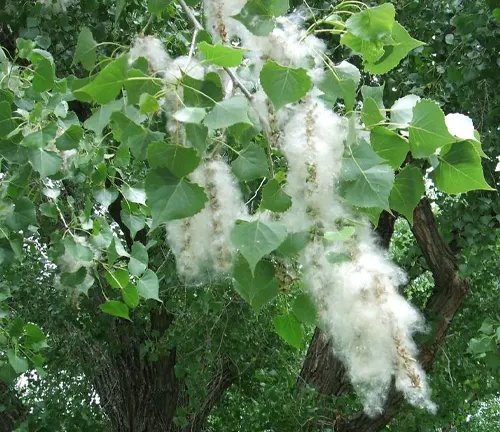
Woodland Elegance
One of the most remarkable aspects of the Cottonwood tree is its sheer elegance in woodlands and along riverbanks. With a potential height of up to 100 feet or more, these majestic giants provide a sense of grandeur to their surroundings. Their broad, heart-shaped leaves rustle in the wind, creating a soothing, melodic sound that adds to their woodland charm. Whether standing tall on the banks of a river or clustered together in a forest, Cottonwood trees offer an unparalleled aesthetic experience to anyone who encounters them.
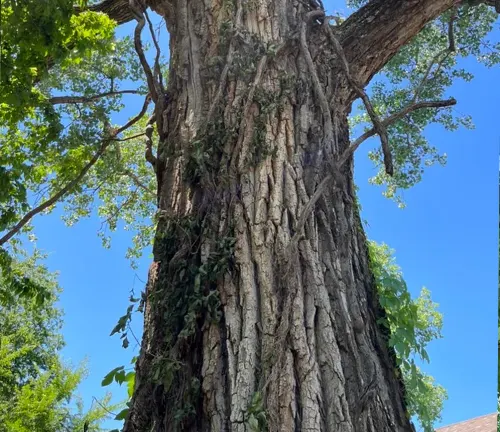
Ecological Importance
Beyond their visual appeal, Cottonwood trees play a crucial role in maintaining ecological balance. These trees are often found in moist soils along riverbanks and floodplains, where they act as a natural buffer against soil erosion. Their deep root systems stabilize the soil, preventing erosion and maintaining the integrity of riverbanks. Additionally, Cottonwoods provide essential habitat for a variety of wildlife, from nesting birds to insects and mammals, making them an integral part of their ecosystems.
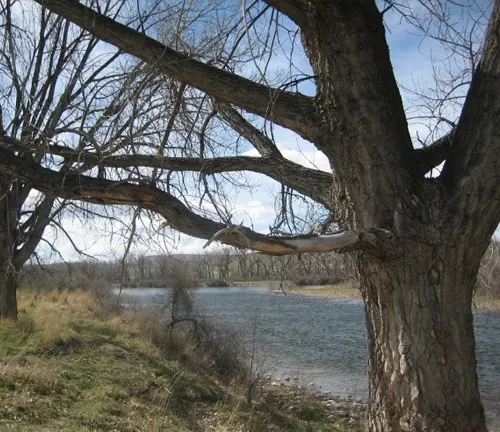
Cultivation and Conservation
Cottonwood trees are known for their rapid growth, making them a valuable asset in reforestation efforts. Their ability to quickly establish themselves and thrive in a range of soil conditions has made them a popular choice for ecological restoration projects. However, they are also facing conservation challenges due to factors like habitat loss and disease. Conservation efforts are crucial to protect and preserve these iconic trees for future generations.
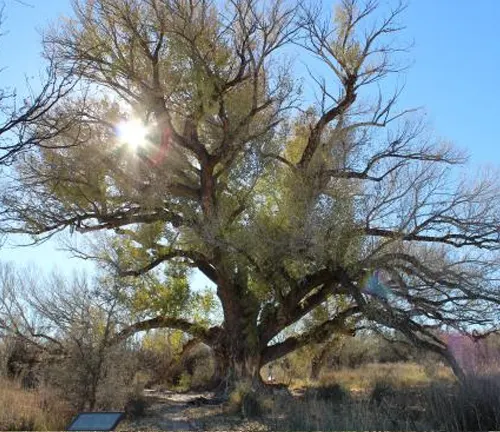
Fragrance
Another delightful aspect of Cottonwood trees is their distinct fragrance. During the spring, these trees produce catkins that release a pleasant, sweet scent into the air. This fragrant phenomenon adds an olfactory dimension to their appeal, attracting not only human admirers but also a variety of pollinators.
Soil Stabilization
Cottonwood trees are champions of soil stabilization. Their extensive root systems delve deep into the earth, anchoring the soil and preventing erosion. This makes them invaluable in regions prone to flooding and soil displacement, where their presence can help safeguard the landscape and protect valuable agricultural land.
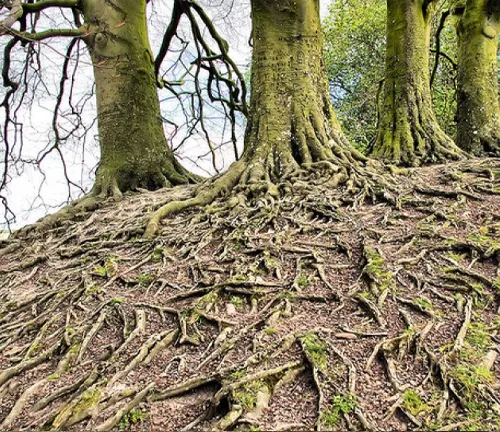
Common Uses
Throughout history, Cottonwood trees have held significance for many Native American tribes. The wood from Cottonwood trees was used in construction and for crafting various tools and items. The bark had traditional uses in indigenous cultures, including basketry and medicinal purposes. These trees have not only been admired for their beauty but have played a practical role in the daily lives of many people.
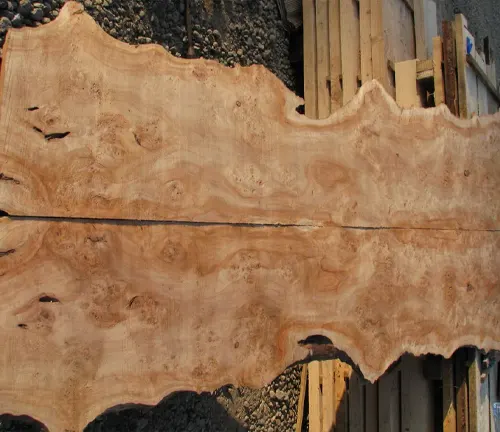
Benefits
In addition to their ecological and cultural importance, Cottonwood trees offer numerous benefits. They provide shade, which can be especially welcome in hot summer months, and their leaves and branches help filter the air. Their rapid growth rate makes them a valuable resource for timber and paper production, reducing pressure on other tree species. The presence of Cottonwood trees in urban areas can enhance the quality of life for city dwellers, providing not only aesthetic pleasure but also contributing to a healthier environment.
Different Species
Eastern Cottonwood
(Populus deltoides)
This is the most widespread and well-known species of Cottonwood, native to eastern North America. It’s often found along riverbanks and in floodplains.
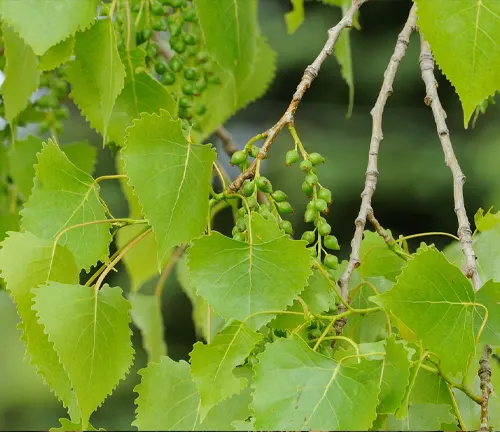
Plains Cottonwood
(Populus sargentii)
Native to the central and western parts of North America, the Plains Cottonwood is a closely related species to the Eastern Cottonwood. It shares many characteristics, such as its habitat preference and appearance.

Black Cottonwood
(Populus balsamifera ssp. trichocarpa)
Found primarily in the western part of North America, the Black Cottonwood is notable for its dark bark and its resinous, fragrant buds.
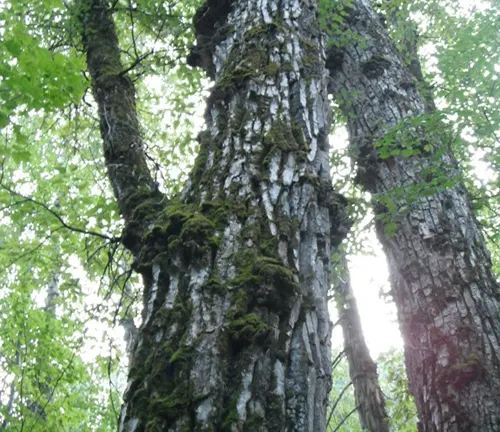
Fremont Cottonwood
(Populus fremontii)
Native to the southwestern United States and northern Mexico, the Fremont Cottonwood is well-adapted to arid regions and is often found along desert waterways.
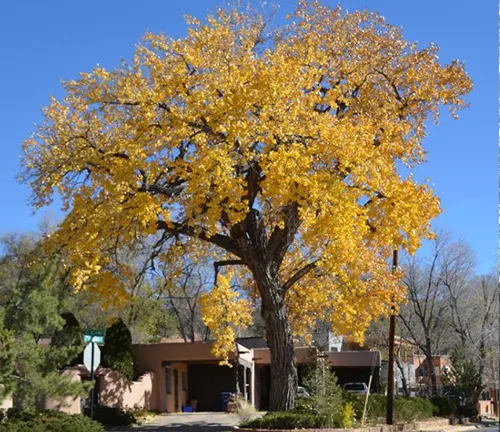
Swamp Cottonwood
(Populus heterophylla)
As the name suggests, this species thrives in wetland environments, often found in swamps and along the edges of water bodies.
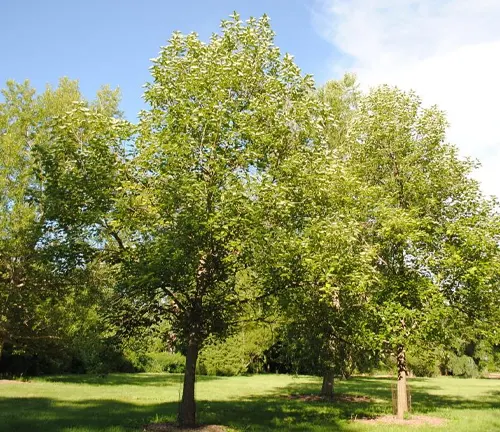
Rio Grande Cottonwood
(Populus deltoides ssp. wislizeni)
This subspecies of the Eastern Cottonwood is commonly found in the southwestern United States and along the Rio Grande River.
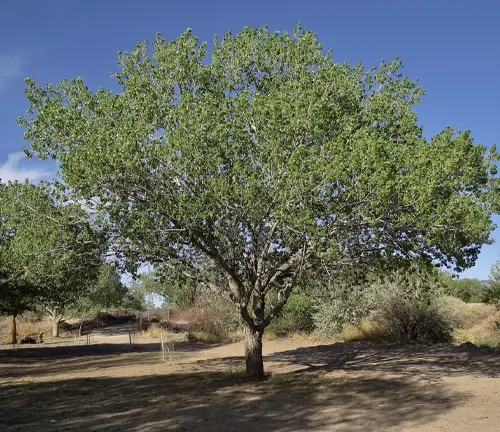
Frequently Asked Questions (FAQs)
- What is a Cottonwood tree?
A Cottonwood tree is a deciduous tree native to North America, known for its distinctive heart-shaped leaves and rapid growth. It belongs to the Populus genus and is scientifically known as Populus deltoides. - Where can I find Cottonwood trees?
Cottonwood trees are commonly found in North America, particularly along riverbanks, floodplains, and moist soils. They can be seen in various regions across the continent. - How tall can Cottonwood trees grow?
Cottonwood trees can reach heights of up to 100 feet or more, making them some of the tallest trees in North America. - What is the ecological importance of Cottonwood trees?
Cottonwood trees play a vital role in preventing soil erosion by stabilizing riverbanks and floodplain soils. They also provide habitat for wildlife and contribute to ecosystem diversity. - Are Cottonwood trees fast-growing?
Yes, Cottonwood trees are known for their rapid growth rate, which makes them valuable for reforestation and timber production. - Do Cottonwood trees have a pleasant fragrance?
Yes, during the spring, Cottonwood trees produce catkins that release a sweet and fragrant scent into the air. - Can I plant a Cottonwood tree in my yard or garden?
Cottonwood trees can be planted in a suitable location, but they require ample space due to their large size. Ensure that the soil is moist and well-draining. - Are there any specific care instructions for Cottonwood trees?
Cottonwood trees typically require minimal care once established. Pruning may be necessary for shaping and safety, and young trees may benefit from regular watering until they become established. - What are some common uses of Cottonwood trees?
Historically, the wood from Cottonwood trees was used for construction and crafting various tools and items. The bark had traditional uses in indigenous cultures, including basketry and medicinal purposes. Today, Cottonwood is used in timber and paper production. - Are there any conservation concerns related to Cottonwood trees?
Yes, some Cottonwood populations face conservation challenges due to factors like habitat loss and disease. Conservation efforts are essential to protect these iconic trees and their ecosystems.



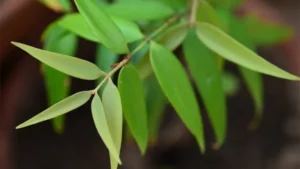
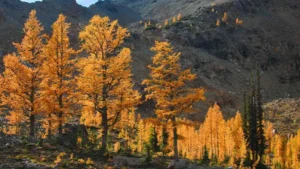
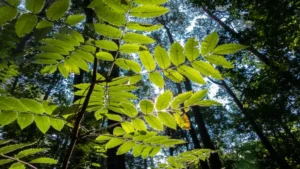
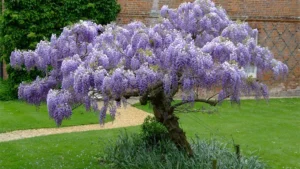
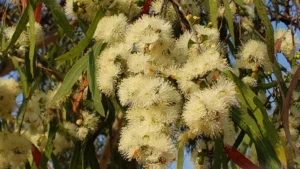
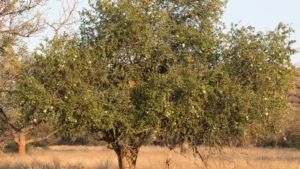
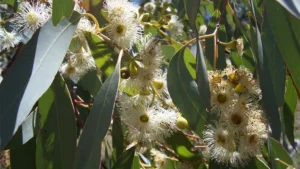
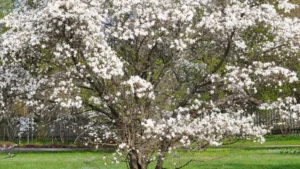
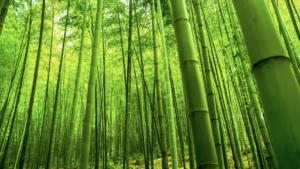
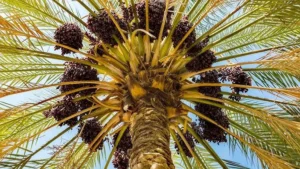
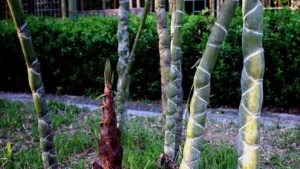
Leave your comment